The ongoing conflict in Ukraine has become a proving ground for AI-enhanced Drone Technology, transforming modern warfare. According to a recent Washington Examiner report, these unmanned aerial vehicles (UAVs) are now capable of autonomous target acquisition and engagement, raising both tactical and ethical concerns.
Cheap and Deadly: The Rise of AI Drones
Off-the-shelf commercial quadcopters, retrofitted with AI systems, have proven remarkably effective on the battlefield. These drones can:
- Pursue fleeing soldiers
- Destroy main battle tanks
- Take down helicopters
- Set oil refineries ablaze
All of this is achieved with a distant operator using what’s essentially a video game controller. The combination of AI and affordable drone technology is challenging traditional military doctrines.
AI: The Game-Changer in Drone Warfare
While drone warfare isn’t new, the integration of Artificial Intelligence is what’s really shaking things up. AI allows these machines to think and act more like humans, making them deadlier and harder to counter.
Ryan Gury, CEO of drone tech company PDW, explains: “We’re seeing terminal guidance be applied on both the Russian and the Ukrainian side, where the drone can lock onto a target and it can glide into that target on its own.”
The Human Element: To Shoot or Not to Shoot?
The ease of operation raises ethical questions. A Ukrainian commander told Paul Mozur of the New York Times about an AI-assisted machine gun: “We could sit back in the trench, drink coffee, smoke cigarettes, and shoot Russians.”
This casual approach to warfare is concerning.
Former Joint Chiefs Chairman Mark Milley warns: “There’s also the potential for artificial intelligence to be paired with lethal munitions or robots, and then you’ve got a real significant ethical and moral issue on your hands.”
The Arms Race Heats Up
The U.S. is playing catch-up with its Replicator program, aiming to deploy thousands of small, single-use drones by next year. However, Russia and China have a head start.
Milley and former Google CEO Eric Schmidt caution: “The U.S. military risks fighting a war in which its first-rate training and superior conventional weaponry will be rendered less than effective.”
DroneXL’s Take
The rapid advancement of AI-powered drones in combat situations underscores the need for continued innovation in the Drone Industry. While the ethical implications are complex, the technology’s potential for reducing human casualties and increasing tactical efficiency is undeniable.
As we’ve reported previously on AI in drones, this technology isn’t limited to military applications. The lessons learned from these combat drones could lead to significant advancements in civilian and commercial drone use, from improved obstacle avoidance to more efficient delivery systems.
The drone industry must continue to push the boundaries of what’s possible while also engaging in serious discussions about the ethical use of autonomous systems. It’s a delicate balance, but one that will shape the future of both military and civilian drone operations.
Discover more from DroneXL
Subscribe to get the latest posts sent to your email.
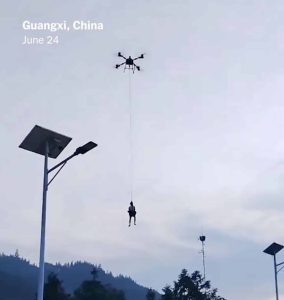
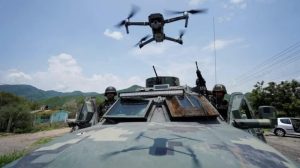

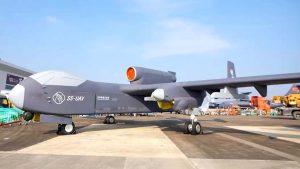
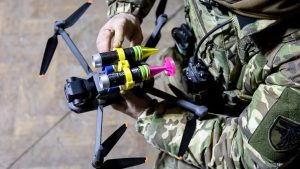

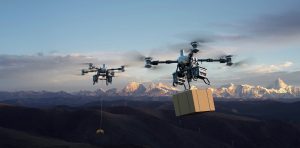


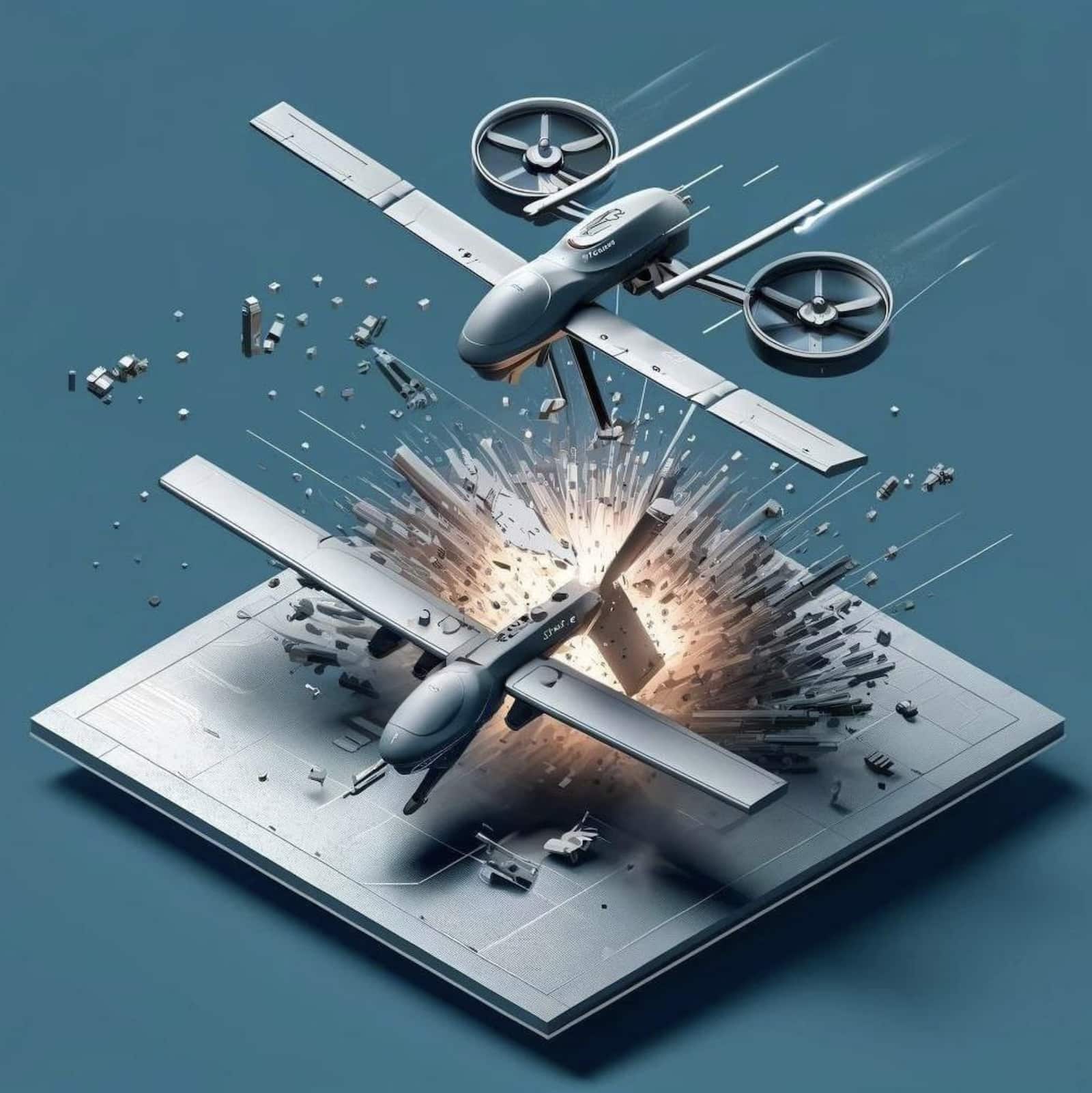
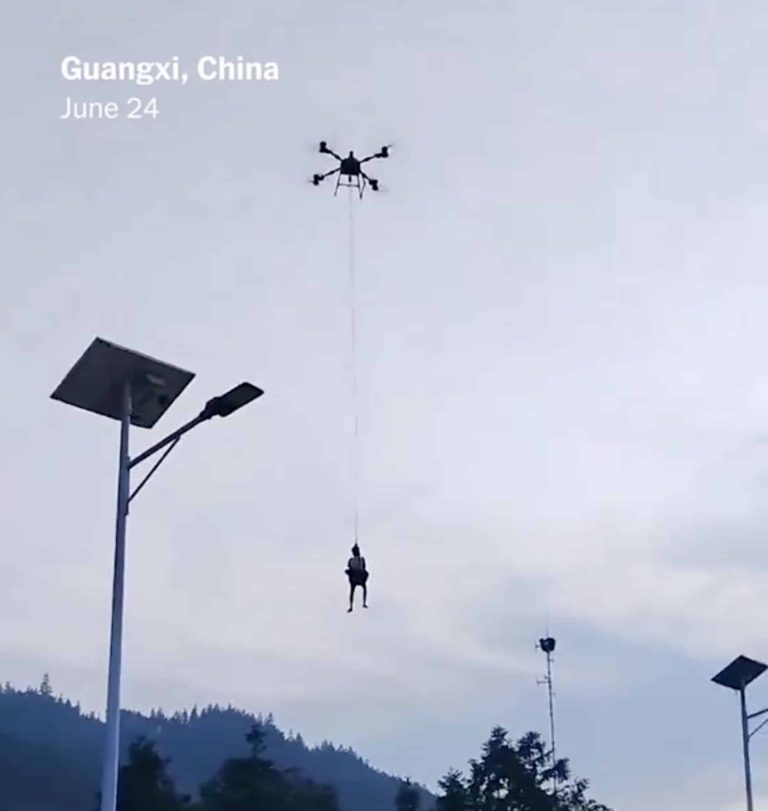
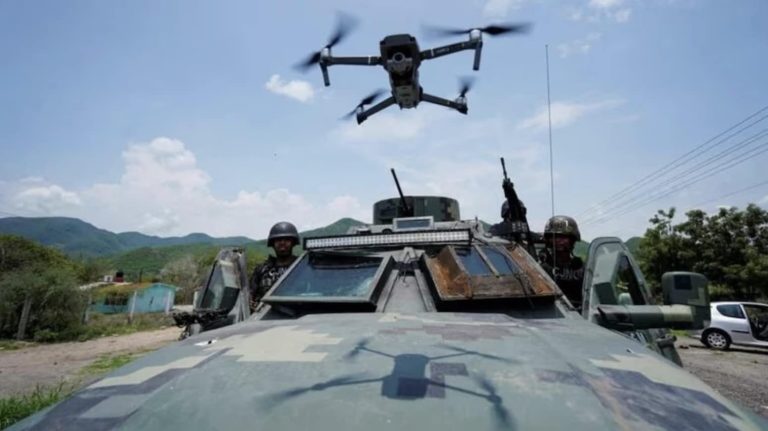



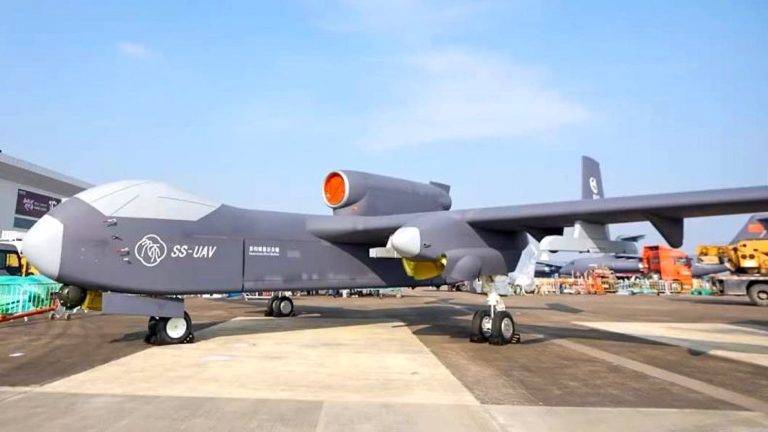


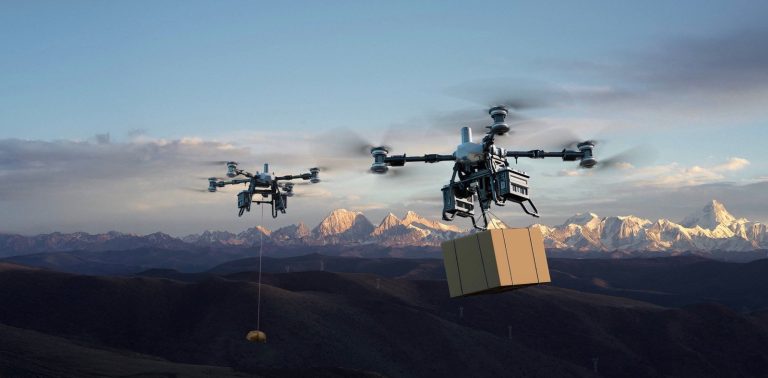

+ There are no comments
Add yours